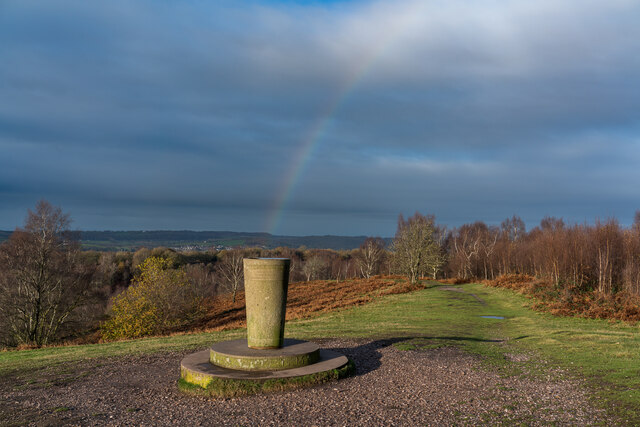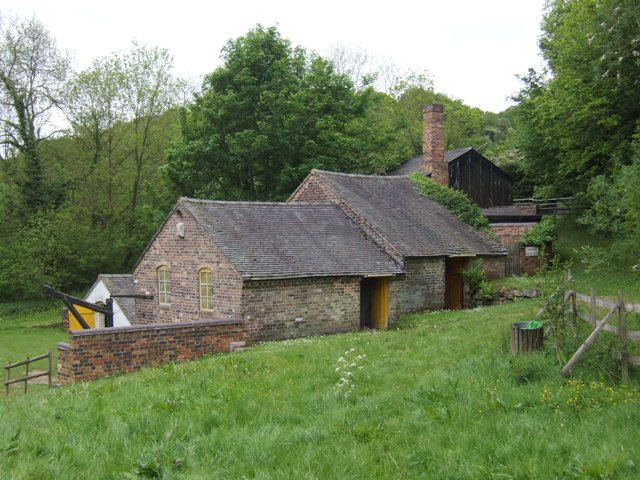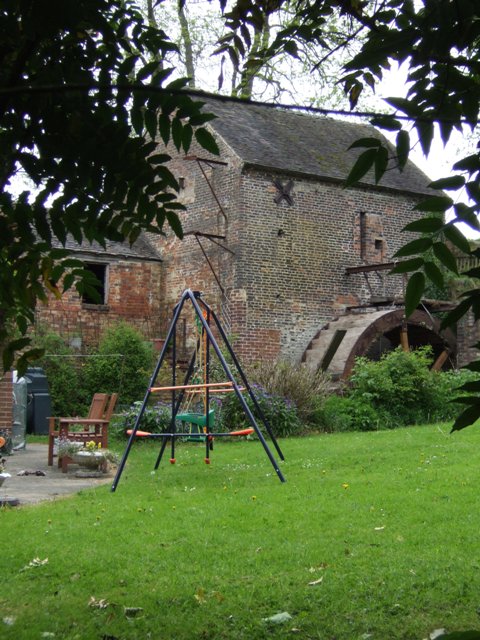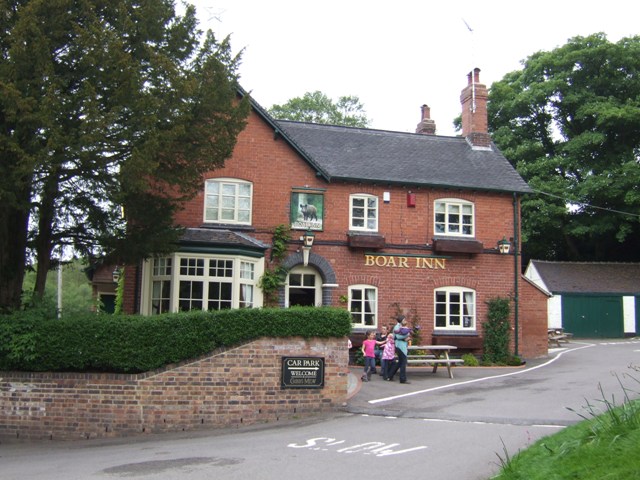Knenhall
Settlement in Staffordshire Stafford
England
Knenhall

Knenhall is a small village located in the county of Staffordshire, England. Situated approximately two miles south of the market town of Uttoxeter, Knenhall is a picturesque rural settlement with a population of around 500 residents.
The village is surrounded by stunning countryside scenery, characterized by rolling hills, lush green fields, and meandering streams. Knenhall is known for its peaceful and tranquil atmosphere, making it an ideal place for those seeking a slower pace of life away from the hustle and bustle of larger towns.
The village boasts a rich history, with records dating back to the Domesday Book of 1086. It has retained much of its historic charm, with several well-preserved buildings and landmarks. St. Mary's Church, a Grade II listed building, stands at the heart of the village and serves as a reminder of Knenhall's long-standing heritage.
Despite its small size, Knenhall offers a range of amenities to its residents. These include a local pub, a primary school, and a village hall which hosts various community events throughout the year. The village is also well-connected to nearby towns and cities, with regular bus services and good road links.
For outdoor enthusiasts, Knenhall provides ample opportunities for walking, cycling, and exploring the surrounding countryside. The village is located close to the Peak District National Park, offering stunning natural landscapes and a wide range of outdoor activities.
Overall, Knenhall is a charming and idyllic village that combines a rich history, natural beauty, and a strong sense of community, making it an appealing place to live or visit in Staffordshire.
If you have any feedback on the listing, please let us know in the comments section below.
Knenhall Images
Images are sourced within 2km of 52.93617/-2.11751 or Grid Reference SJ9237. Thanks to Geograph Open Source API. All images are credited.



Knenhall is located at Grid Ref: SJ9237 (Lat: 52.93617, Lng: -2.11751)
Administrative County: Staffordshire
District: Stafford
Police Authority: Staffordshire
What 3 Words
///bitters.deposits.rationing. Near Barlaston, Staffordshire
Nearby Locations
Related Wikis
Stone Rural
Stone Rural is a civil parish in the Stafford district, in the county of Staffordshire, England. The parish includes the settlements of Aston-By-Stone...
Moddershall
Moddershall is a small village in the borough of Stafford in the county of Staffordshire, England, part of the civil parish of Stone Rural and ecclesiastical...
Meir K.A. F.C.
Meir King's Arms Football Club was an association football club based in Stoke-on-Trent, England, established in 1972. Originally formed as the Sunday...
Meir Heath Cricket Club
Meir Heath Cricket Club is a cricket club and ground in Meir Heath, Staffordshire. The first recorded match on the ground was in 1991, when Staffordshire...
Nearby Amenities
Located within 500m of 52.93617,-2.11751Have you been to Knenhall?
Leave your review of Knenhall below (or comments, questions and feedback).















